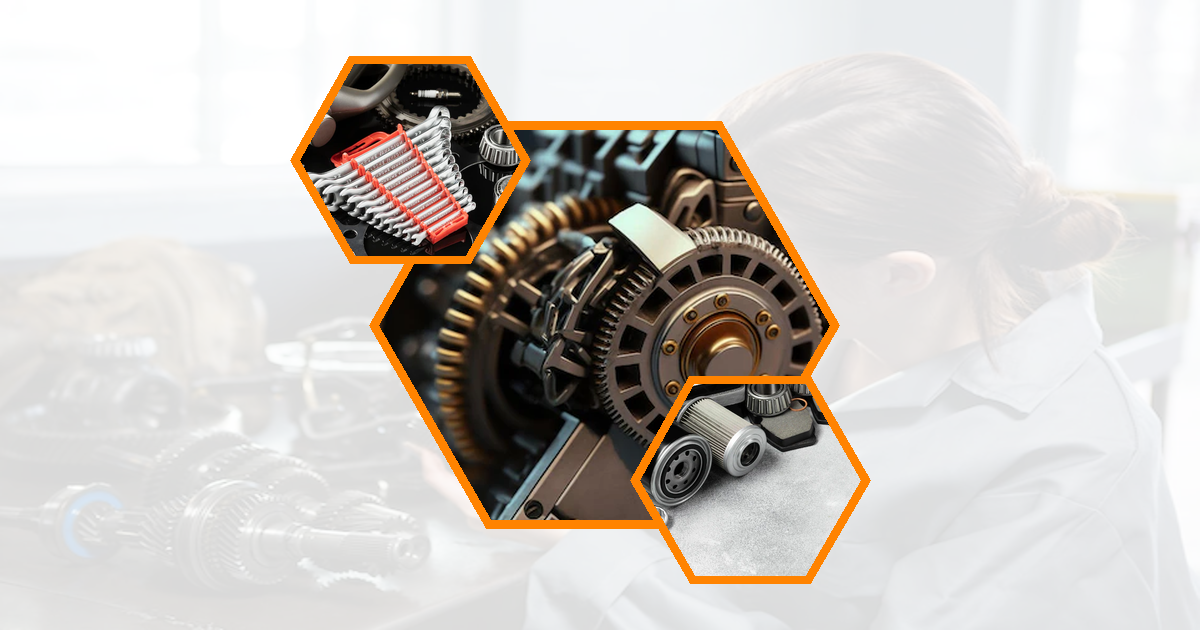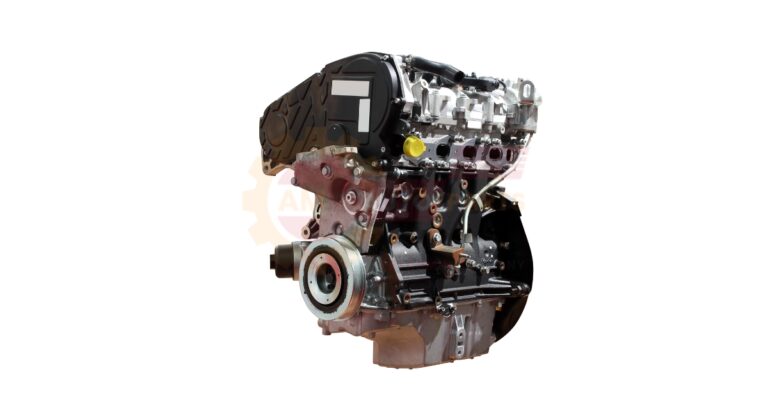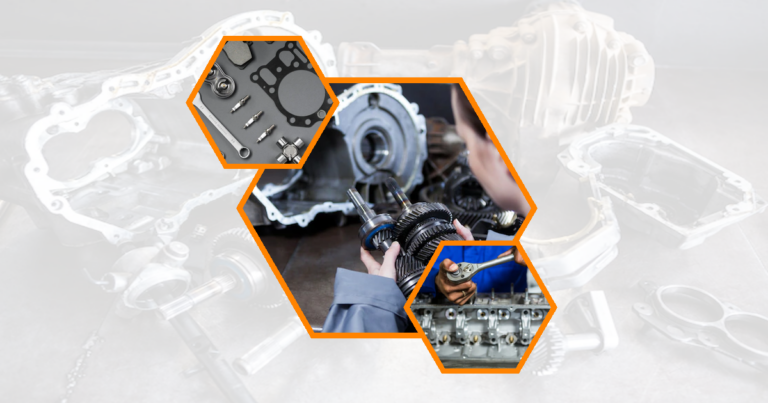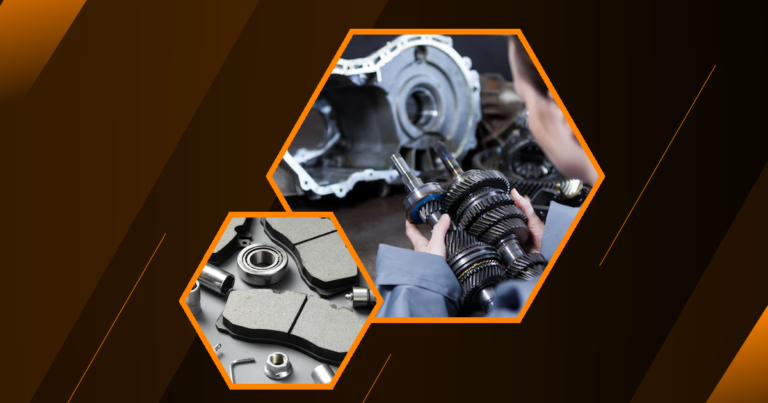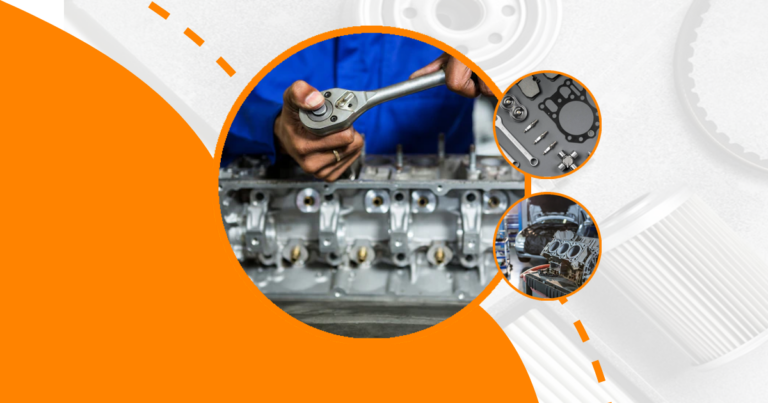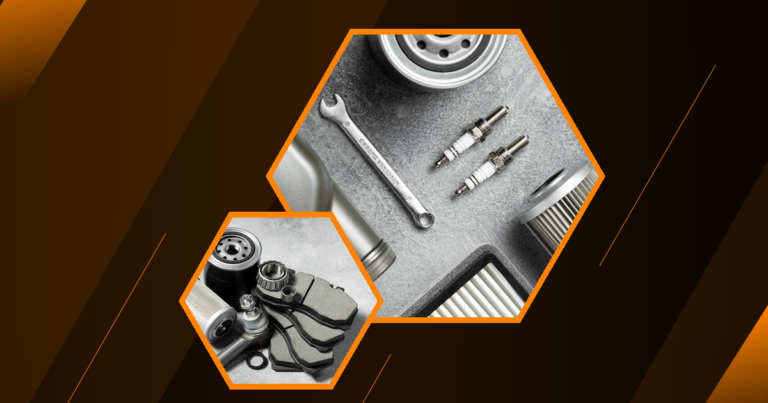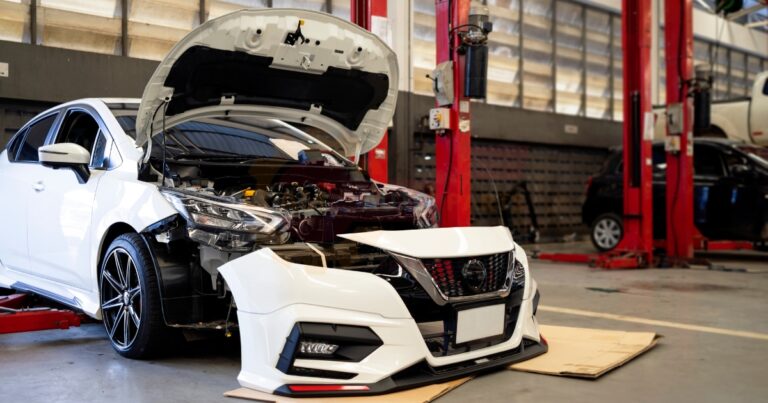Car cooling systems are essential for maintaining the optimal performance and longevity of your vehicle’s engine. They prevent overheating by regulating the engine’s temperature, ensuring it runs smoothly. In this article, we will explore the various components and functions of a car cooling system, providing valuable insights for car enthusiasts and everyday drivers alike.
What is a Cooling System and How Does It Work?
The Purpose of a Car’s Cooling System
A car’s cooling system is designed to remove excess heat from the engine. This is crucial because engines generate a significant amount of heat during operation. Without a cooling system, the engine would overheat, leading to potential damage and reduced efficiency. The cooling system ensures that the engine operates within a safe temperature range, enhancing performance and preventing breakdowns.
Basic Principles of Heat Transfer in Engines
Heat transfer in engines occurs through conduction, convection, and radiation. The cooling system utilizes these principles to dissipate heat effectively. Coolant absorbs heat from the engine and transfers it to the radiator, where it is released into the air. This process helps maintain a stable engine temperature, ensuring optimal performance and fuel efficiency.
- Conduction : Heat moves from the engine to the coolant.
- Convection : Coolant circulates, carrying heat away.
- Radiation : Heat is released from the radiator to the air.
Essential Components of a Car Cooling System
Radiator: The Heat Exchanger
The radiator is a key component of the cooling system, acting as a heat exchanger. It transfers heat from the coolant to the air, cooling the fluid before it returns to the engine. The radiator’s design, with its network of tubes and fins, maximizes surface area for efficient heat dissipation.
Water Pump: Circulating Coolant
The water pump is responsible for circulating coolant throughout the engine and cooling system. It ensures a continuous flow of coolant, preventing overheating and maintaining a consistent engine temperature. The pump’s efficiency is vital for the overall performance of the cooling system.
Thermostat: Regulating Coolant Flow
The thermostat regulates the flow of coolant based on the engine’s temperature. It remains closed when the engine is cold, allowing it to warm up quickly. Once the engine reaches the optimal temperature, the thermostat opens, allowing coolant to flow through the radiator and maintain a stable temperature.
Cooling Fan: Enhancing Air Flow
The cooling fan assists the radiator by enhancing airflow, especially when the vehicle is stationary or moving slowly. It ensures that air continues to flow over the radiator, aiding in heat dissipation. The fan can be mechanically driven or electrically powered, depending on the vehicle’s design.
- Radiator : Transfers heat from coolant to air.
- Water Pump : Circulates coolant through the system.
- Thermostat : Controls coolant flow based on temperature.
- Cooling Fan : Boosts airflow over the radiator.
How Does a Car Cooling System Function?
The Coolant Circulation Process
The coolant circulation process is the heart of the cooling system’s operation. Coolant absorbs heat from the engine and flows to the radiator, where it releases the heat into the air. The cooled fluid then returns to the engine, repeating the cycle. This continuous loop ensures the engine remains at an optimal temperature.
Temperature Regulation Mechanisms
Temperature regulation is achieved through a combination of components working together. The thermostat, radiator, and cooling fan collaborate to maintain a stable engine temperature. The thermostat opens and closes to control coolant flow, while the radiator and fan dissipate heat effectively.
- Coolant Circulation : Absorbs and releases heat in a continuous loop.
- Temperature Regulation : Achieved through thermostat, radiator, and fan coordination.
Types of Cooling Systems in Modern Vehicles
Air-Cooled vs. Liquid-Cooled Systems
Modern vehicles primarily use liquid-cooled systems, which are more efficient than air-cooled systems. Liquid-cooled systems use coolant to transfer heat, while air-cooled systems rely on airflow over the engine. Liquid cooling provides better temperature control and is more effective in diverse driving conditions.
Closed-Loop Cooling Systems
Closed-loop cooling systems are sealed, preventing coolant loss and contamination. They offer improved efficiency and require less maintenance compared to open systems. The closed design ensures consistent performance and reduces the risk of overheating.
- Air-Cooled Systems : Use airflow for cooling.
- Liquid-Cooled Systems : Use coolant for efficient heat transfer.
- Closed-Loop Systems : Sealed design for improved efficiency.
Common Cooling System Issues and Maintenance
Signs of Cooling System Problems
Recognizing signs of cooling system problems is crucial for preventing engine damage. Common indicators include overheating, coolant leaks, and unusual noises. Addressing these issues promptly can save you from costly repairs and ensure your vehicle runs smoothly.
Preventive Maintenance Tips
Regular maintenance is key to keeping your cooling system in top condition. This includes checking coolant levels, inspecting hoses and belts, and flushing the system as recommended. Preventive measures help avoid breakdowns and extend the life of your vehicle.
- Overheating : A sign of potential cooling system issues.
- Coolant Leaks : Indicate possible damage or wear.
- Unusual Noises : May signal a failing component.
Advancements in Cooling System Technology
Electric Water Pumps
Electric water pumps are a modern innovation, offering improved efficiency and control. Unlike traditional pumps, they operate independently of the engine’s speed, providing consistent coolant flow. This enhances cooling performance and can contribute to better fuel economy.
Smart Cooling Systems
Smart cooling systems use advanced sensors and controls to optimize temperature regulation. They adjust cooling based on driving conditions, improving efficiency and reducing emissions. These systems represent the future of automotive cooling technology.
- Electric Water Pumps : Provide consistent coolant flow.
- Smart Cooling Systems : Optimize temperature regulation with advanced technology.
Environmental Impact of Cooling Systems
Eco-Friendly Coolants
Eco-friendly coolants are designed to minimize environmental impact. They use less harmful chemicals and are biodegradable, reducing pollution. Choosing eco-friendly options helps protect the environment while maintaining effective cooling.
Recycling and Proper Disposal of Coolant
Proper disposal of coolant is essential to prevent environmental harm. Recycling programs ensure that used coolant is processed safely, reducing waste. It’s important to follow guidelines for disposal to protect the environment. Elastic energy storage is when stretchy things like rubber bands hold energy When you release the stretched object it gives back the stored energy Crankshaft rotates powertrain The crankshaft spins and makes the powertrain move which helps the car go forward or backward
Engine components comparison Different engines have various parts that work together and comparing these parts helps us understand how each engine functions and performs Rotating engine mechanism spins parts inside an engine to make power
Vibration control mechanisms help reduce shaking in machines and buildings These systems make things more stable and quiet by absorbing or redirecting unwanted movement Car oil selection is important for keeping your vehicle running smoothly Choose the right type of oil based on your car’s make and model
Brake components compared Different parts of brakes like pads rotors and calipers are looked at side by side to see how they work and which ones are better for different cars and driving styles
- Eco-Friendly Coolants : Reduce environmental impact.
- Recycling Coolant : Ensures safe disposal and reduces waste.
Cooling System Efficiency and Fuel Economy
Impact on Engine Performance
A well-maintained cooling system enhances engine performance by preventing overheating. Efficient cooling allows the engine to operate at optimal temperatures, improving power output and reliability. This contributes to a smoother driving experience.
Optimizing Cooling for Better Fuel Efficiency
Optimizing your cooling system can lead to better fuel efficiency. A properly functioning system reduces engine strain, allowing it to run more efficiently. Regular maintenance and using quality components can help achieve this goal.
- Engine Performance : Improved by efficient cooling.
- Fuel Efficiency : Enhanced through optimized cooling system maintenance.
By understanding the components and functions of a car cooling system, you can ensure your vehicle runs smoothly and efficiently. Regular maintenance and staying informed about advancements in technology will help you keep your cooling system in top condition, enhancing both performance and longevity.
FAQ’s
How often should I flush my car’s cooling system?
Flushing your car’s cooling system is typically recommended every 30,000 to 50,000 miles. This process removes contaminants and old coolant, ensuring optimal performance. Regular flushing helps prevent corrosion and extends the life of the cooling system.
Can I use water instead of coolant in my car?
Using water instead of coolant is not advisable. Coolant contains additives that prevent corrosion and improve heat transfer. Water lacks these properties and can lead to overheating and damage to the cooling system.
What happens if my car overheats?
If your car overheats, it can cause severe engine damage. Overheating may lead to warped components, blown gaskets, and even engine failure. It’s crucial to address overheating immediately to prevent costly repairs.
How do I know if my water pump is failing?
A failing water pump may exhibit signs such as coolant leaks, unusual noises, and engine overheating. If you notice these symptoms, it’s important to have the pump inspected and replaced if necessary to avoid further damage.
